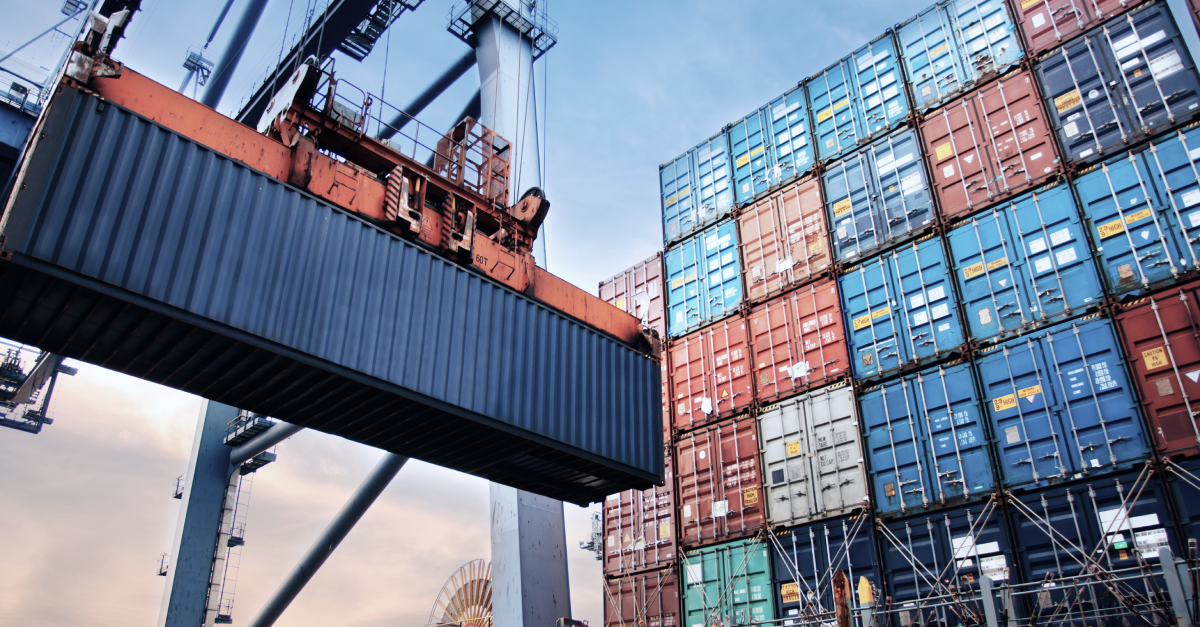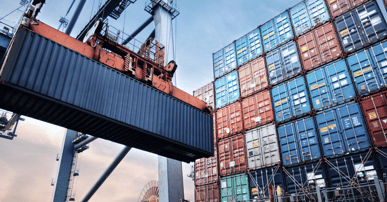Our mini-series of ocean freight insights, No Two Trades Are Alike, continues this week with the perfect example of how the fortunes of shipping lanes can vary so dramatically within the same region.
A closer look at South American East Coast (SAEC) Imports from the Far East and North Europe will reveal the importance of shippers using the Xeneta ocean freight rate benchmarking and intelligence platform to understand all the trades in their supply chain.
What a difference demand growth makes
Imports of containerized goods into SAEC from the Far East have grown steadily during 2023, with volumes up by 14.5% in the first eight months of the year. That equates to approximately an additional 20,000 TEU each month.
However, when we look at imports into SAEC from North Europe, we see demand has fallen by 14.2%. This downturn is visible across both reefer containers and standard 40ft containers.
You could not wish for a better example of how No Two Trades Alike. Here we have two trades, serving the same region, but with different origins and wildly different market winds.
These contrasting fortunes will clearly impact both the spot and long-term contract freight rates into SAEC.
For containerized goods from the Far East, the spot market into SAEC has been volatile during 2023, but by the end of October rates were almost identical to the start of the year, down by only -2%. Over the course of these 10 months, rates averaged USD 2 716 per FEU, but fell as low as USD 2 048 and went as high as USD 3 286.
For containerized goods from North Europe, the spot market average rate was 77% lower at the end of October than at the start of the year. The trajectory was a continuous decline to its current rate of USD 855 per FEU, the lowest it has been since September 2017.
Impact on long-term ocean freight shipping rates
The differing fortunes of these two trades into SAEC is clear to see in both the spot market and long-term contracts.
Long term contract rates from North Europe into SAEC fell by 64% over the same period and has mirrored the decline on the spot market almost exactly since it reached its pinnacle in the heady days of mid 2022.
To understand the impact on long term contracts from the Far East into SAEC we must look at the timeline for spot rate swings during 2023. The spot rate hit an invisible floor just above USD 2 000 per FEU at the beginning of January 2023 and touched that level again in late March before launching into an increase of almost 60% to USD 3 250 per FEU by mid-July.
This had an impact on the long- term contracts signed from mid-May onwards – after spot rates began to increase. Since that point, long-term contracts have increased steadily, albeit by a relatively modest amount of 5.8% from mid-May to end of October.
Knowledge is power when entering negotiations
The major SAEC nations of Brazil and Argentina have enjoyed contrasting economic activity in 2023, nonetheless they are served by the same trades, so the playing field should remain level in terms of freight rates for goods entering the region.
The reason for the differing fortunes of the Far East and North Europe trades may be found in the type of goods being transported. The type of goods procured from the Far East, and in particularly China, is very different to those imported from North Europe.
Shippers must understand the granularity and detail of their supply chains into all regions to inform decision-making and budgets, particularly when entering contract negotiations.
We should also never let the role carriers play in influencing freight rates stray too far from our minds. During 2023 carriers have applied fairly strict capacity control between Asia and SAEC, and it isn’t too difficult to understand why.
Weekly deployed capacity in nominal terms is up by 5.6%, but the average sailing speed has fallen from 17 knots to 15.9 knots. This has resulted in improved filling factor and, as if by magic, increased freight rates.
Read more about Xeneta 2024 Ocean Shipping Outlook
Want to learn more?
Contact us to learn how Xeneta can help you prepare for this upcoming tender season and supplier/buyer negotiations. Gain the upper hand with actionable real-time ocean and air freight rate and capacity data.




